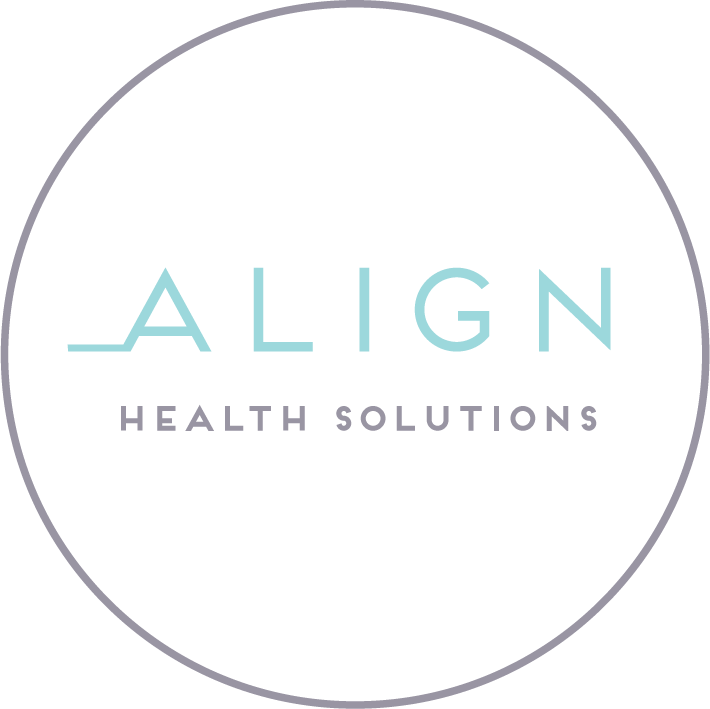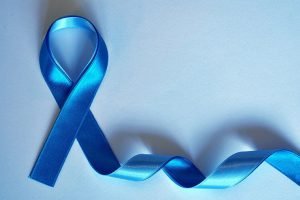World Cancer Day: highlighting prostate cancer treatment in 2021
World Cancer Day falls on February 4th each year. This year our focus has turned to Prostate Cancer, the most commonly diagnosed cancer in the world for males, with approximately 1.1 million men diagnosed each year worldwide (Williams et. al 2018).
Prostate Cancer Foundation of Australia defines Prostate Cancer as a condition where abnormal cells develop and multiply in an uncontrolled way in the prostate. These cells can sometimes spread from the prostate to nearby or distant parts of the body. Males above the age of 50 and those with a family history of the disease are at highest risk of developing the condition (Cancer Australia 2020).
So how does Prostate Cancer present?
In the early stages of Prostate Cancer, there may be minimal to no symptoms. During the later stages however, there may be an onset of a frequent or sudden need to urinate, difficulty or discomfort when urinating, traces of blood in semen or urine and pain in the lower back, thighs or hips (Prostate Cancer Foundation of Australia 2021).
After a Prostate Cancer diagnosis?
Treatment for prostate cancer has rapidly improved in recent decades, with survival rates increasing and quality of life improving.
Like recovery from any disease, Prostate Cancer treatment side effects can be present and these can include, but are not limited to psychological stress, fatigue/decreased physical activity, erectile dysfunction, hot flushes, impaired dynamic balance and an increased risk of developing cardiometabolic conditions (Keilani et. al 2017).
To mediate the ill effects of treatment, exercise has been proven to be crucial in significantly reducing fatigue in Prostate Cancer treatment survivors and this includes those who undertake the common androgen deprivation therapy (ADT) (Keilani et. al 2017).
Exercise & Prostate Cancer - Where to start?
A key focal point when introducing exercise while undergoing treatment, should be on rebuilding muscle mass lost through treatment through resistance training, for both upper and lower limbs. For deconditioned individuals, those with advanced stage disease or those who have recently undergone therapy, a starting duration of multiple bouts of 5 – 10 minutes is recommended to accumulate a total of 20 minutes per day (Hayes et. al 2018). Once individual exercise capacity has improved, 20 minutes of exercise is recommended on most days of the week (Hayes et. al 2018).
Supplementing this resistance program with aerobic training either during or after treatment has also been shown to improve cardiorespiratory fitness and managing fatigue (Williams et. al 2018).
Together a program that encompasses both resistance and aerobic exercise is recommended to not only manage the side effects of treatment but to also reduce the risk of Prostate Cancer recurrence (Moe et al. 2017).
At Align Health Solutions we provide an individualised free prostate cancer 6-week Exercise program in partnership with Exercise Sports Science Australia (ESSA) and statewide prostate cancer specialists, doctors and nurses. The program is available to those with a referral for a current prostate cancer diagnosis, as well as currently undertaking ADT. It includes a one-on-one initial consultation, an individualised gym exercise program and an opportunity to attend 12 group exercise sessions over the 6-week period.
Awareness days like World Cancer Day provide an opportunity to shine a light on the condition, to acknowledge those who have been directly affected and to provide education on what program and resources exist to see our community better supported and informed.
To find out more about the Align Health Solutions Prostate Cancer Program, please contact us at info@alignhealthsolutions.com.au
Australian Government – Cancer Australia 2020, Prostate Cancer, Cancer Australia, <https://www.canceraustralia.gov.au/affected-cancer/cancer-types/prostate-cancer/what-are-risk-factors-prostate-cancer>.
Hayes, SC, Newton, RU, Spence, RR, Galvao, DA 2018, ‘The Exercise and Sports Science Australia position statement: Exercise medicine in cancer management’, Journal of Science in Medicine and Sport, vol. 22, pp. 1175 – 1199.
Keilani, M, Hasenoehrl, T, Baumann, L, Ristl, R, Schwarz, M, Marhold, M, Komandj, TS, Crevenna, R 2017, ‘Effects of resistance exercise in prostate cancer patients: a meta-analysis’, Supportive Care in Cancer, vol. 25, issue 9, pp.2953 – 2968.
Williams, FC, March, S, Goodwin, BC, Ralph, N, Galvao, DA, Newton, RU, Chambers, SK, Dunn, J 2018, ‘Interventions for prostate cancer survivorship: A systematic review of reviews’, Journal of Psychological, Social and Behavioural Dimensions of Cancer, pp. 2339 – 2348.

